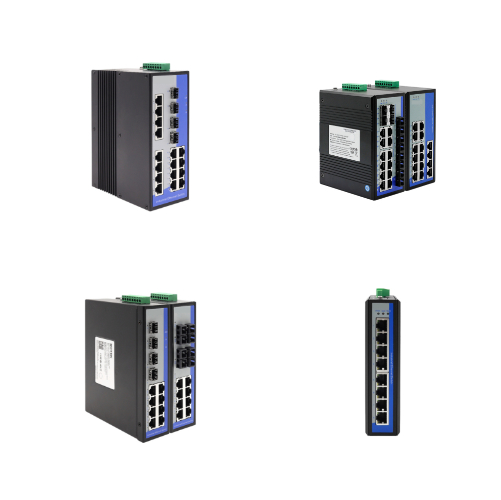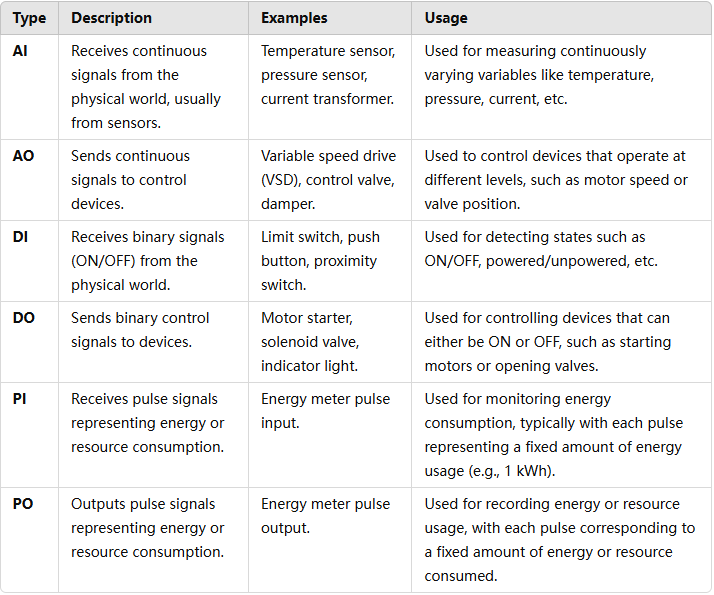Ground fault is a common type of fault in electrical systems. It refers to the unintended flow of current in the electrical system to the earth or grounding body due to insulation failure or other reasons. Under normal circumstances, electrical current should flow only in its intended path along an electrical circuit. When current flows into the ground, it can cause equipment damage, loss of power, or safety risks.

What causes ground fault?
1. Damage to the insulation material
Over time, the insulation on wires and electrical components can become damaged due to age, wear, or chemical attack. Environmental factors such as high temperature, high humidity, and the presence of chemical gases may accelerate the degradation of insulation materials. Once the insulation is damaged, exposed conductors may come into contact with metal structures or grounding facilities, causing ground faults.
2. Mechanical damage
Construction errors, improper equipment installation, or physical shock during daily operation can cause mechanical damage to electrical wiring. For example, if a cable is accidentally drilled during construction, or if equipment is moved and wires are pinched or twisted, these can cause insulation damage and cause a ground fault.
3. Moisture and corrosion

In humid environments, moisture can accumulate in the insulation materials of electrical equipment, reducing its insulation properties. Additionally, moisture can cause metal parts to corrode, which can damage wire insulation. A ground fault in this situation could cause leakage, increasing the risk of electric shock.
4. Animal and insect activities
Small animals such as rats, squirrels, and certain insects may damage the insulation by chewing on it or building nests in the equipment. This type of damage caused by animals is a non-negligible cause of ground faults, especially outdoors or in rural areas.
5. Electrical overload
When the current exceeds the maximum capacity a wire or device is designed to handle, it can cause overheating, which can damage the insulation. Prolonged electrical overloading not only increases the risk of ground faults but can also cause fires.
Why protect against Ground Fault?
1. Ensure personal safety
Ground faults can cause abnormal electrical currents, increasing the risk of electric shock. When a ground fault occurs in an electrical system, if the human body comes into contact with electrical equipment or other conductive parts, a current loop may be formed through the human body, causing serious electric shock accidents or even fatal injuries. Therefore, this risk can be significantly reduced by guarding against ground faults, and providing a safer working and living environment.
2. Prevent equipment damage:
Ground faults often cause abnormal current flow within electrical equipment, which may cause component overheating, short circuits, or other damage. Especially for sensitive electronic equipment, abnormal currents may quickly cause malfunction or damage to the equipment. Protecting against ground faults therefore helps to extend the service life of the equipment and reduce maintenance costs.
3. Prevent fire risk:

Ground faults can cause arcing or overheating, which is one of the leading causes of fires. An arc can generate extremely high temperatures in an instant, enough to ignite surrounding combustible materials. Through appropriate grounding and ground fault protection measures, this dangerous situation can be effectively controlled, thereby reducing the occurrence of fire accidents.
4. Maintain system stability and efficiency
Ground faults can affect the stability of the entire power system and may result in power losses or voltage instability. This will not only affect the efficiency of the power system but may also cause power quality issues such as voltage fluctuations and flickers, affecting the normal operation of other electrical equipment. By protecting against ground faults, you can help maintain the stability of the power system and improve the quality of the power supply.
How many types of earth fault?
Ground faults can be divided into several different types depending on the nature and effects of the fault, each with its specific characteristics and potential risks. Here are a few common types of ground faults:
1. Single-phase ground fault
This is the most common type of ground fault and occurs in single-phase electrical systems when one of the phases is in direct contact with the ground. In a three-phase system, a single-phase ground fault occurs when one of the phase conductors is grounded, causing the voltage on that phase to drop to zero relative to the ground. This failure can cause an imbalance in the electrical system, increasing the load on other phase lines, and causing further problems.
2. Two-phase ground fault
This type of fault involves a short circuit between two phases, usually accompanied by contact of at least one phase to the ground. A two-phase ground fault can cause a significant increase in current flow, triggering the electrical system’s protective devices, such as circuit breakers. The consequences of this fault are usually more severe than a single-phase-to-ground fault because it involves more phase-to-phase short-circuit current.
3. Three-phase ground fault
This is a less common but potentially more serious fault involving a short circuit to ground on all three phases in a three-phase system. In this case, the electrical system may experience great imbalance and huge fault current, which will have a more serious impact on electrical equipment and the power grid.
4. Double phase to ground fault
A two-phase-to-ground fault occurs when two phases are in contact with the ground at the same time. This is different from a two-phase-to-ground fault, where a short circuit occurs between two phases and at least one phase is grounded. Double phase-to-ground faults may cause severe system imbalance and high fault currents.
How many methods for Ground fault protection?
Residual Current Device (RCD)
Residual current devices, also known as residual current circuit breakers or earth leakage protectors, are capable of detecting residual current in a circuit. When there is an imbalance between the current flowing through the normal loop and the current returning to the source (for example, because part of the current flows to the ground), the RCD detects this difference. When the detected residual current exceeds the set value (usually very small, such as 30mA), the RCD will quickly disconnect the circuit, thereby cutting off the power supply to prevent the risk of electric shock and fire.

zero sequence current transformer
A zero sequence current transformer is a ring-shaped current transformer surrounding all incoming and outgoing wires (phase and neutral). Under normal operating conditions, the sum of the currents through the transformer should be zero (i.e. the currents in and out cancel out). When a ground fault occurs in an electrical system, the current flowing through the zero-sequence transformer is no longer balanced. At this time, the transformer will be able to detect a non-zero current and trigger the protection device to open the circuit.

Ground fault relay
A ground fault relay is a device used to detect ground faults and issue action instructions. They can be set up to trigger when a certain level of ground fault current is detected. These relays are usually linked with circuit breakers or other power-off devices to quickly isolate faults, prevent damage from spreading, and ensure personnel safety.

What do ground fault relays do?

The primary function of a ground fault relay is to monitor ground fault current in an electrical system. It continuously detects the current balance state in the circuit by working with sensors such as zero sequence transformers. When a ground fault occurs, this balance is disrupted and the relay can detect abnormal current flow.
Once the ground fault relay detects a current exceeding the preset threshold, it will immediately send a signal or directly trigger the action of a linkage device (such as a circuit breaker) to cut off the power supply to reduce the harm caused by the fault. This rapid response is critical to preventing electrical fires, equipment damage, or serious electrocution caused by ground faults.
Overall, ground fault relays are critical equipment in ensuring the safe operation of electrical systems and preventing accidental injury and asset loss. Their design allows faults to be identified and isolated accurately and quickly and is an integral part of modern electrical safety management.






